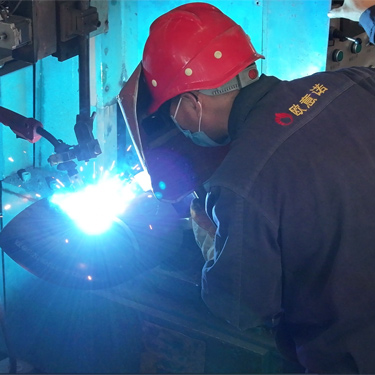
Dec . 10, 2024 11:46
Back to list
natural gas pressure reducing valve
Understanding Natural Gas Pressure Reducing Valves
Natural gas is a vital energy source utilized in homes and industries worldwide. As it travels through pipelines, it is delivered at high pressure to ensure efficient transport. However, the appliances that use natural gas, such as heaters, stoves, and industrial machinery, require lower pressure for safe and effective operation. This is where natural gas pressure reducing valves (PRVs) come into play.
What is a Pressure Reducing Valve?
A pressure reducing valve is a mechanical device used to regulate and reduce the incoming pressure of natural gas to a predetermined lower level. This helps maintain a consistent flow of gas to appliances, ensuring they function optimally without the risk of damage from excessive pressure. Essentially, PRVs act as a safety buffer between the high-pressure supply system and the lower-pressure delivery system.
How Do Pressure Reducing Valves Work?
PRVs operate based on differences in pressure. When high-pressure gas enters the valve, it pushes against a diaphragm or piston. This mechanical movement helps to adjust an internal mechanism that opens or closes a pathway for gas to flow. As gas passes through the valve, the outlet pressure is reduced to a preset level.
A typical PRV includes several components the body, diaphragm or piston, spring, inlet and outlet ports, and adjustment mechanism. The spring exerts a force that works against the gas pressure. By adjusting the spring tension, the desired outlet pressure can be achieved. This adjustment allows users to tailor the gas pressure specific to their requirements.
Importance of Proper Pressure Regulation
Maintaining the correct gas pressure is crucial for safety and efficiency. If the pressure is too high, it can cause damage to appliances, leading to costly repairs or replacements. High pressure can also pose significant safety risks, including leaks or explosions. Conversely, if the pressure is too low, appliances may not operate effectively, resulting in poor performance or wastage of energy.
Regular maintenance and proper installation of PRVs are essential to ensure they function accurately. Components may wear out over time or become obstructed with debris, which can hinder their performance. Periodic inspections can help identify potential issues before they become significant problems.
natural gas pressure reducing valve

Types of Pressure Reducing Valves
There are several types of PRVs, each designed for specific applications and pressure ranges
1. Single-stage and Two-stage PRVs Single-stage valves reduce pressure in one step, while two-stage valves provide a more gradual reduction, enhancing precision and stability in pressure regulation.
2. Internal and External Bypass PRVs Internal bypass valves have a built-in mechanism that allows for internal pressure regulation, while external bypass valves use a separate line to handle pressure variations.
3. Adjustable and Fixed PRVs Adjustable PRVs allow users to set a specific outlet pressure, while fixed PRVs are preset at the factory and cannot be modified.
Applications of Natural Gas Pressure Reducing Valves
PRVs are widely used across various sectors, including residential, commercial, and industrial settings. In homes, they ensure kitchen stoves, water heaters, and heating systems receive the correct gas pressure. In industrial applications, PRVs control gas pressure in manufacturing processes, maintaining efficiency and safety in operations.
Conclusion
Natural gas pressure reducing valves are an essential component of gas delivery systems, ensuring that gas is delivered safely and efficiently to various appliances. Understanding their function and importance can help users maintain safe and reliable gas systems. Regular inspections and proper maintenance are key to ensuring that these valves continue to perform adequately, contributing to the overall safety and efficiency of gas usage in daily life. As the energy landscape continues to evolve, advancements in PRV technology will undoubtedly enhance the safety and efficiency of natural gas systems in the future.
Next:
Latest news
-
Safety Valve Spring-Loaded Design Overpressure ProtectionNewsJul.25,2025
-
Precision Voltage Regulator AC5 Accuracy Grade PerformanceNewsJul.25,2025
-
Natural Gas Pressure Regulating Skid Industrial Pipeline ApplicationsNewsJul.25,2025
-
Natural Gas Filter Stainless Steel Mesh Element DesignNewsJul.25,2025
-
Gas Pressure Regulator Valve Direct-Acting Spring-Loaded DesignNewsJul.25,2025
-
Decompression Equipment Multi-Stage Heat Exchange System DesignNewsJul.25,2025

